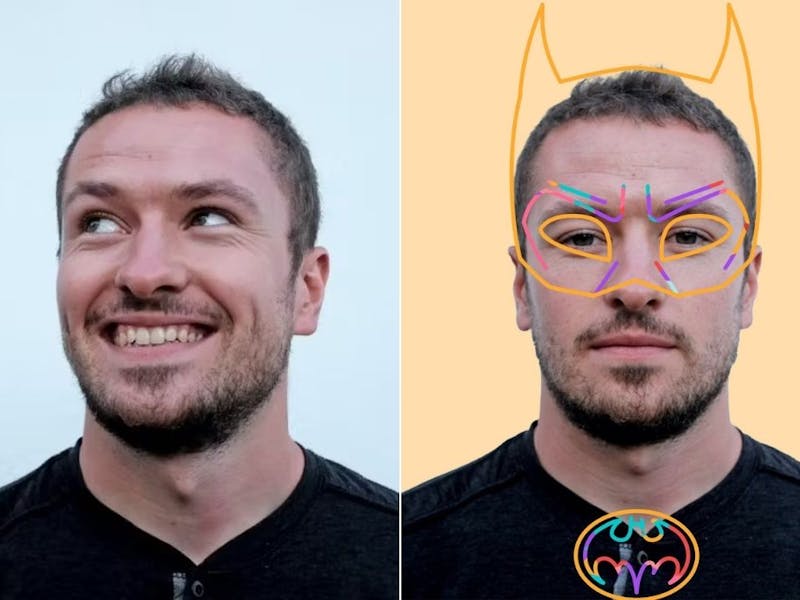This research paper was published in the Journal of Medical Internet Research (JMIR) mHealth and uHealth; the full text can be accessed here, Authors: Christine Jacob et al.
Background: Mobile health (mHealth) tools have shown promise in clinical photo and wound documentation for their potential to improve workflows, expand access to care, and improve the quality of patient care. However, some barriers to adoption persist.
Objective: This study aims to understand the social, organizational, and technical factors affecting clinicians’ adoption of a clinical photo documentation mHealth app and its implications for clinical workflows and quality of care.
Methods: A qualitative case study of a clinical photo and wound documentation app called imitoCam was conducted. The data were collected through 20 in-depth interviews with mHealth providers, clinicians, and medical informatics experts from 8 clinics and hospitals in Switzerland and Germany.
Results: According to the study participants, the use of mHealth in clinical photo and wound documentation provides numerous benefits such as time-saving and efficacy, better patient safety and quality of care, enhanced data security and validation, and better accessibility. The clinical workflow may also improve when the app is a good fit, resulting in better collaboration and transparency, streamlined daily work, clinician empowerment, and improved quality of care. The findings included important factors that may contribute to or hinder adoption. Factors may be related to the material nature of the tool, such as the perceived usefulness, ease of use, interoperability, cost, or security of the app, or social aspects such as personal experience, attitudes, awareness, or culture. Organizational and policy barriers include the available clinical practice infrastructure, workload and resources, the complexity of decision making, training, and ambiguity or lack of regulations. User engagement in the development and implementation process is a vital contributor to the successful adoption of mHealth apps.
Conclusions: The promising potential of mHealth in clinical photo and wound documentation is clear and may enhance clinical workflow and quality of care; however, the factors affecting adoption go beyond the technical features of the tool itself to embrace significant social and organizational elements. Technology providers, clinicians, and decision makers should work together to carefully address any barriers to improve adoption and harness the potential of these tools.




